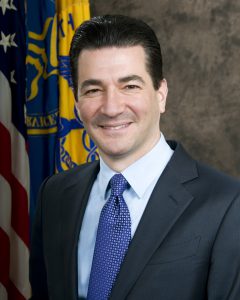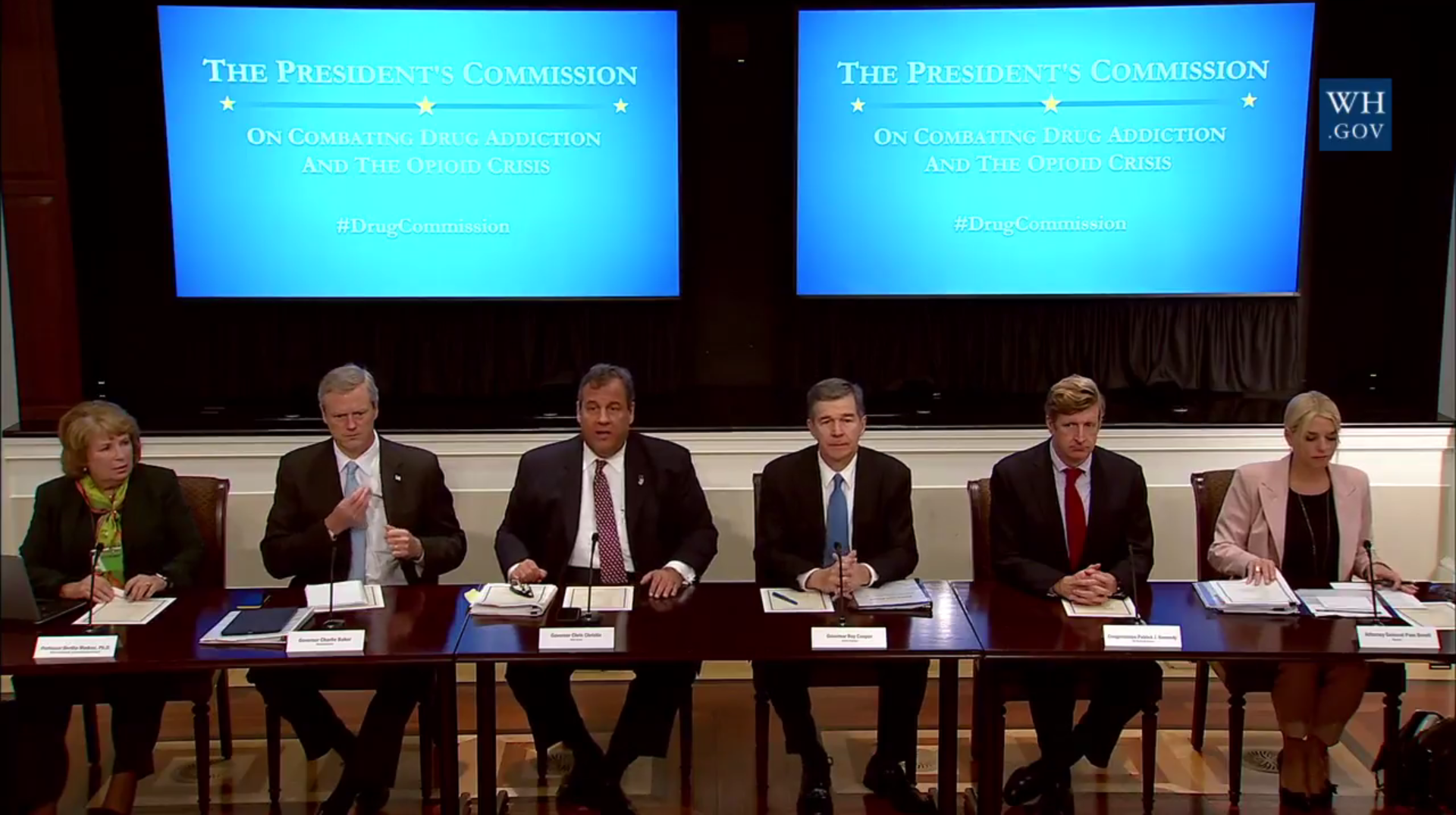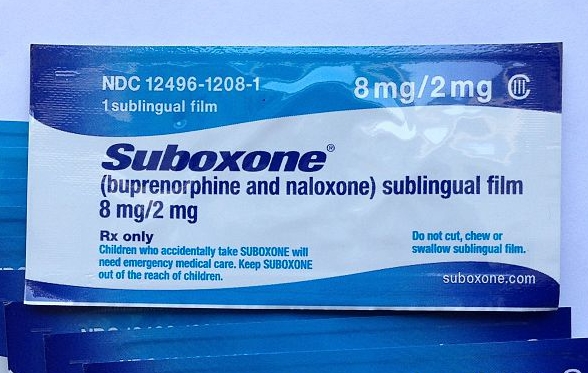Montezuma's Revenge: FDA to Limit Diarrhea Pills
/By Pat Anson, Editor
Federal efforts to combat the opioid crisis entered a surprising new phase today, with the Food and Drug Administration asking Johnson & Johnson and other drug makers to limit the number of anti-diarrhea pills they sell.
You read that right.
FDA commissioner Scott Gottlieb, MD, said the “unprecedented and novel action” was needed because Imodium and other over-the-counter formulations of loperamide are being abused by opioid addicts.
The FDA wants J&J and other drug makers to limit the number of pills in loperamide packaging so that there are just enough to treat short-term diarrhea, such as traveler’s diarrhea. – also known as Montezuma’s Revenge.
“Abuse of loperamide has been increasing in the United States. When used at extremely high and dangerous doses, it’s seen by those suffering from opioid addiction as a potential alternative to manage opioid withdrawal symptoms or to achieve euphoric effects of opioid use,” Gottlieb said in a statement.
“When higher than recommended doses are taken we’ve received reports of serious heart problems and deaths with loperamide, particularly among people who are intentionally misusing or abusing high doses.”
Last year the FDA added a warning label to loperamide products cautioning consumers not to ingest high doses. The agency believes further safety measures are needed to make it harder for people to buy loperamide in large quantities. The FDA is suggesting that loperamide be sold in packages containing a two day supply of eight 2-milligram capsules. Imodium packages currently contain as many as 42 capsules.
“The abuse of loperamide requires the purchase of extremely large quantities. Often this is done through the purchase of large bottles of loperamide, which is a common configuration in which the pill form of the medication is currently packaged,” said Gottlieb. “Today’s action is intended to change how the product is packaged, to eliminate these large volume containers. We know that many of the bulk purchases of these large volumes are being made online through major online web retailers.”
The FDA is also considering changes in how opioid medication for acute short-term pain is packaged. Several states have enacted laws that require first time prescriptions for acute pain be limited to 5 or 7 days’ supply
“If more immediate release opioid drugs, in particular, were packaged in three or six-day blister packs; then more doctors may opt for these shorter durations of use. Additionally, provided the FDA concluded that there was sufficient scientific support for these shorter durations of use, this could provide the basis for further regulatory action to drive more appropriate prescribing,” Gottlieb said.
Some users of Imodium are unhappy the medication now comes in blister packs – saying the packages are too hard and frustrating to open at an urgent time of need.
“There's nothing worse than having diarrhea and you can't get the package open,” one woman wrote on the Imodium website. “The only way I can get it open is to find a pair of scissors and cut it open. I tried one time to tear it open with my teeth and ended up cutting my lip.”
“Your product inside the box is quite good. I just wonder who convinced Imodium powers that be to change the blister units in which the caplets are packaged. I have almost lost my religion trying to tear open at the suggested/new perforation. It is horrible!” another woman wrote.
“Had to make 3 trips to the bathroom while trying to get the caplet wrapper open, packaging needs changing,” said another reviewer.

































